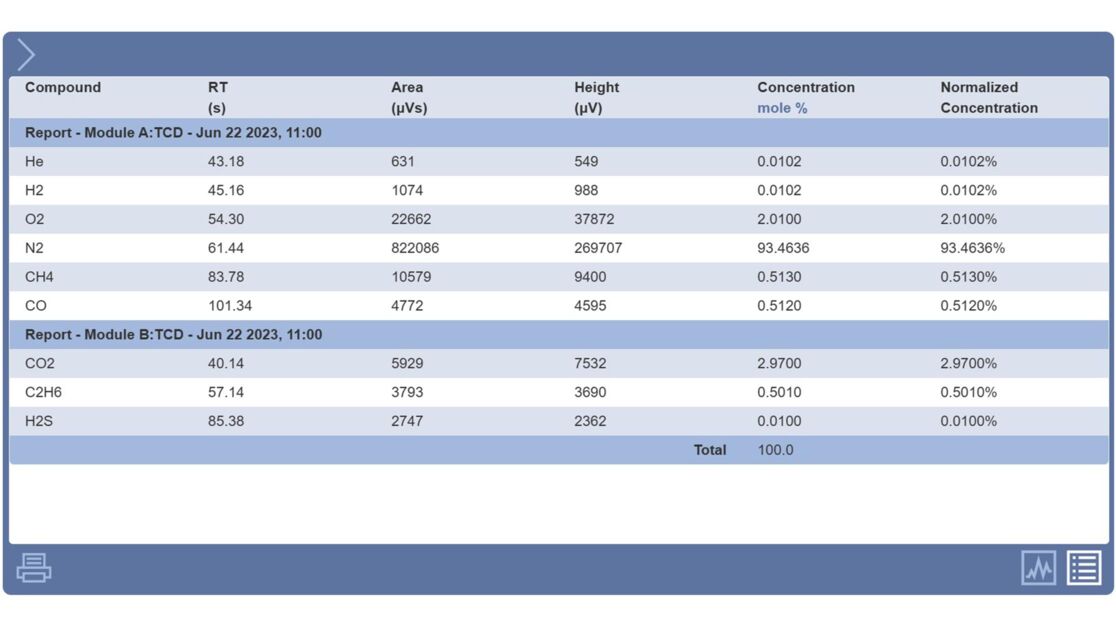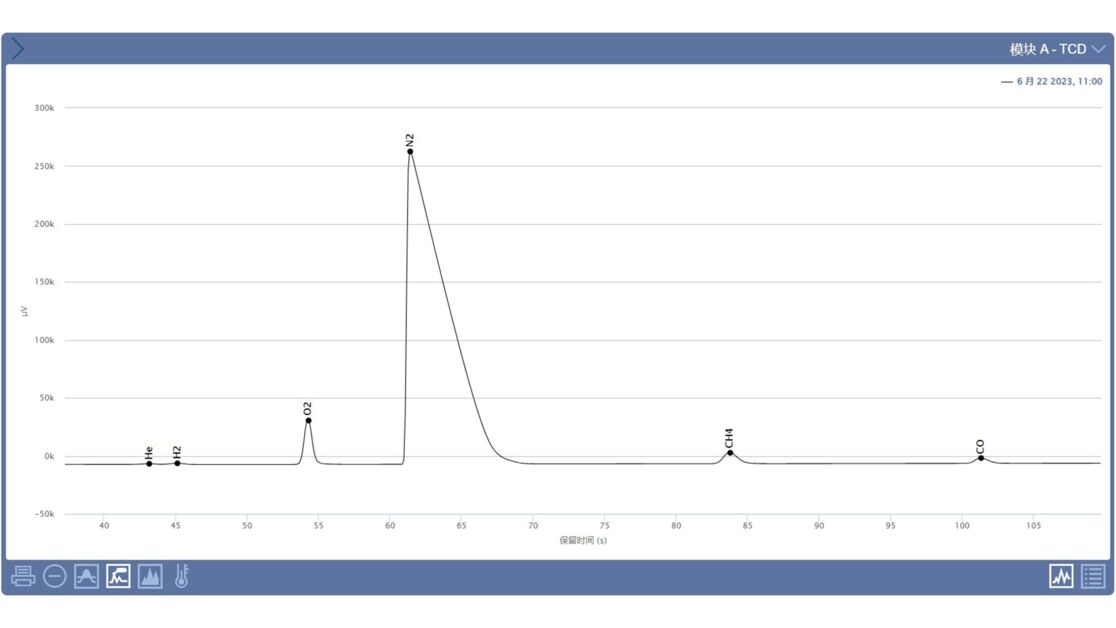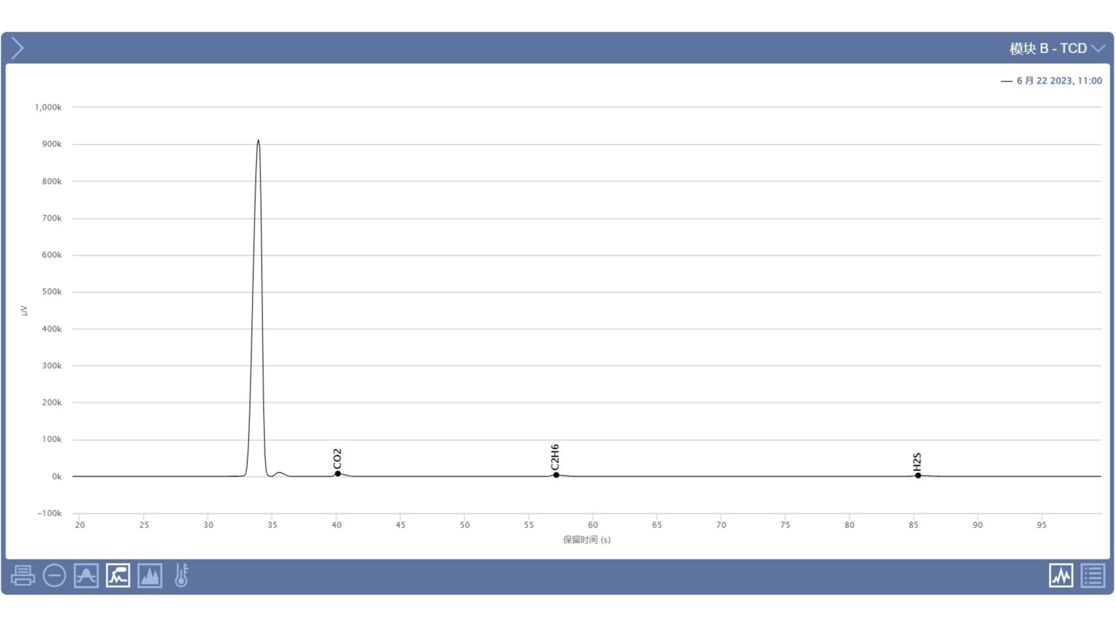Improving Earthquake Forecasting with Gas Sensing Technology
Our mission is to help protect human life and resources from the consequences of natural disasters by using our gas sensing technology to enable key research at academic and government institutions to understand better what nature is telling us.
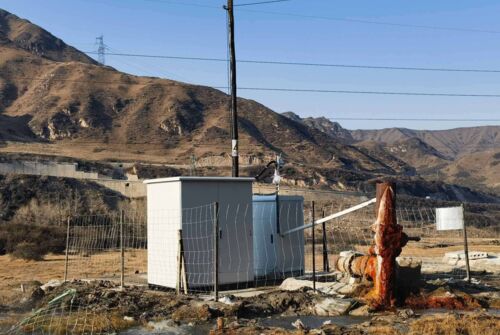
Imagine how we could better prepare for the impact of a catastrophic earthquake if we could predict its timing. While earthquakes cannot be predicted with certainty, scientists and engineers are working to better identify and understand invisible early warning signals.
“Nature is always sending signals of what is doing; we need to learn how to listen, measure, and quantify these signals to improve our capabilities to adapt and react to these signals,” said Dr. Andres Diaz, a seasoned university professor and senior research scientist at INFICON. “If we have the right tools to ‘listen better,’ we could predict potential harmful phenomena and better prepare for it. This has been done with hurricanes, where scientists predict a path and can evacuate areas to prevent and minimize the loss of human lives. Could we learn to do the same with volcanic eruptions and earthquakes? I think yes; continuous measuring of gas emissions provides a clue and a path to do so.”
In China, the Institute of Earthquake Forecasting is studying gas emissions at several monitoring stations for clues about earthquake prediction so they can improve response efforts. Institute experts and international researchers have observed that gas concentration levels and gas ratios change even several days before a major earthquake event, which is the driving force behind the Earthquake Monitoring Project. To fully understand the factors influencing the signals, these observations must be validated through ongoing, long-term monitoring. There are several technologies to detect and quantify gas concentration levels; one of these is Gas Chromatography (GC), which separates the molecules in a sample according to their affinity to a prepared column and are quantified with a MEMS-based thermal conductive detector.


To assist with this groundbreaking research, the Institute chose the INFICON Micro GC Fusion Gas Analyzer® as the tool to monitor and validate gas emission estimates in combination with more traditional methods, such as seismic monitoring. In collaboration with INFICON, the Chinese government has been tracking the gases that escape from selected hot spring fields near fault lines for more than one year. The data are then correlated with pressure on the Earth’s core manifested by the seismic activity, paving the way for long-term data collection.
“Lives and resources are at stake during an earthquake,” said Dr. Diaz. “Passive degassing on faults and volcanic sites provides a direct way to better understand what process is happening in the interior of the Earth impacting its surface and our lives in it. The Institute is leading impactful research in earthquake science and response strategies with the help of INFICON technology that is at the forefront of gas analysis instrumentation."
The Role and Impact of GC Technology
Micro GC Fusion units provided delivered promising results at two multiparametric geochemical monitoring stations at different provinces in China. Safely housed in protective enclosures, these stations provide reliable, real-time data essential for tracking geochemical changes and supporting early warning systems.
The collaborative research has been so successful that the Institute is extending the implementation of gas monitoring to more stations in the next phase, with a future goal to scale up to cover with stations all of China active fault regions.

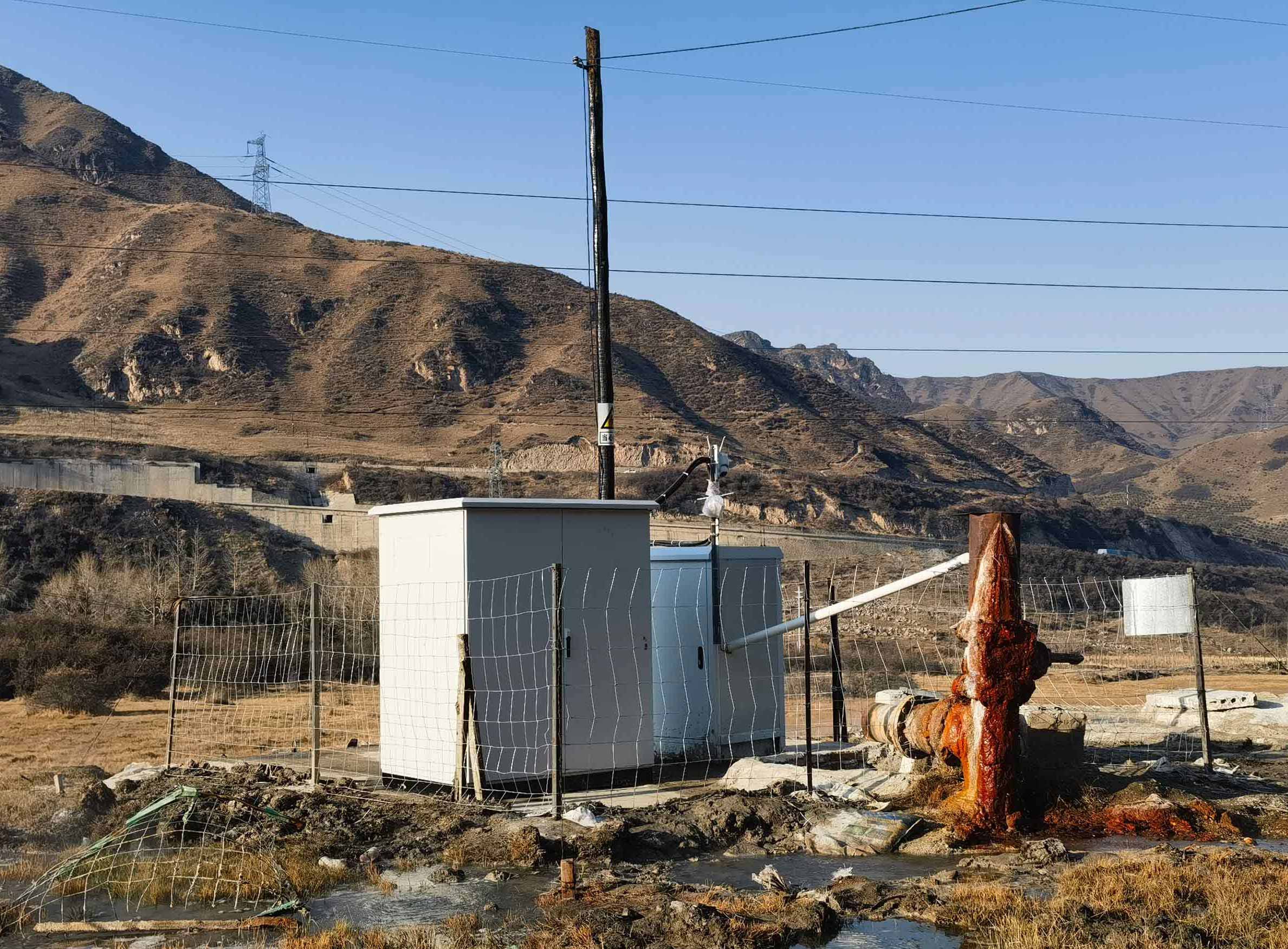
In addition to testing and implementing gas chromatography technology, the collaboration will also expand to field test other gas analysis technologies, such as in-situ mass spectrometer analysis using the INFICON Transpector® MPH and atmospheric Helium monitoring detection using a special Earth Science “leak detector” based on INFICON high-sensitivity WiseTechnology® sensor.
The use of the Micro GC Fusion facilitates the detection and quantification of gases emitted at the geochemical monitoring stations, such as hydrogen, helium, methane, ethane, oxygen, nitrogen, carbon dioxide, carbon monoxide and hydrogen sulfide. Dr. Diaz explained that the pressure buildup inside the Earth changes the composition of the degassing occurring in the wells. The system is equipped with direct gas sampling lines to continuously analyze emissions while integrated filtration protects against particulate interference. This setup ensures precise, uninterrupted monitoring critical for observing geochemical shifts in these seismic active regions.
Through precise data analysis of the gases collected, researchers gain valuable insights into seismic and degassing activity patterns. Concentration and gas ratios can then be used as precursors to significant earthquake activity, even days before a catastrophic event happens. The region currently under study encompasses 21 cities within a seismic zone. Ultimately, this technology improves the ability to save lives by enabling more effective earthquake prediction.
Advancing Life-Saving Forecasting for Natural Disasters
Earthquakes are a global threat, with the potential to wreak havoc and claim lives. By identifying potential precursors to seismic activity, INFICON products play a crucial role in mitigating the impact of such disasters.
In addition to our involvement in ongoing research aimed at forecasting these catastrophic events, we are continuing to work on improving our MEMS-based Micro GC Fusion detection limits to sub-parts per million (ppm) levels. We are also working with the Earthquake Institute to program the station flow control and data collection into online visualization software, making it available in real time from any location in the world. This advanced system enhances the early warning capabilities of the Institute, enabling them to provide effectively real data to vulnerable communities. By collaborating with regional authorities and stakeholders, INFICON ensures the effective integration of our monitoring technology into disaster management systems.
Through early warnings and preparedness measures, communities are empowered to take action during earthquake events. The application of Micro GC Fusion for earthquake forecasting represents a significant advancement in disaster preparedness. Through its implementation, we aim to protect lives, resources, infrastructures, and the environment from the devastating impact of earthquakes.
At INFICON, we are proud to provide technological solutions and be at the frontier of research and innovation with our partners and collaborators.
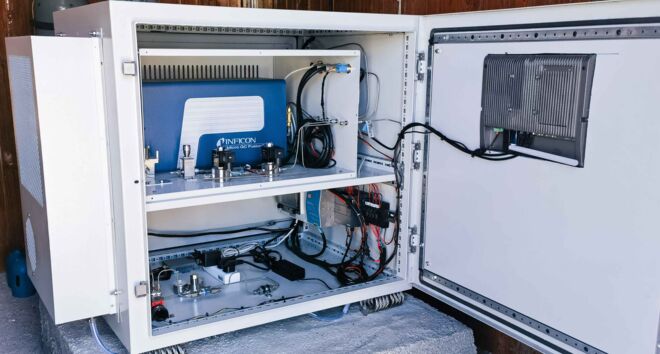
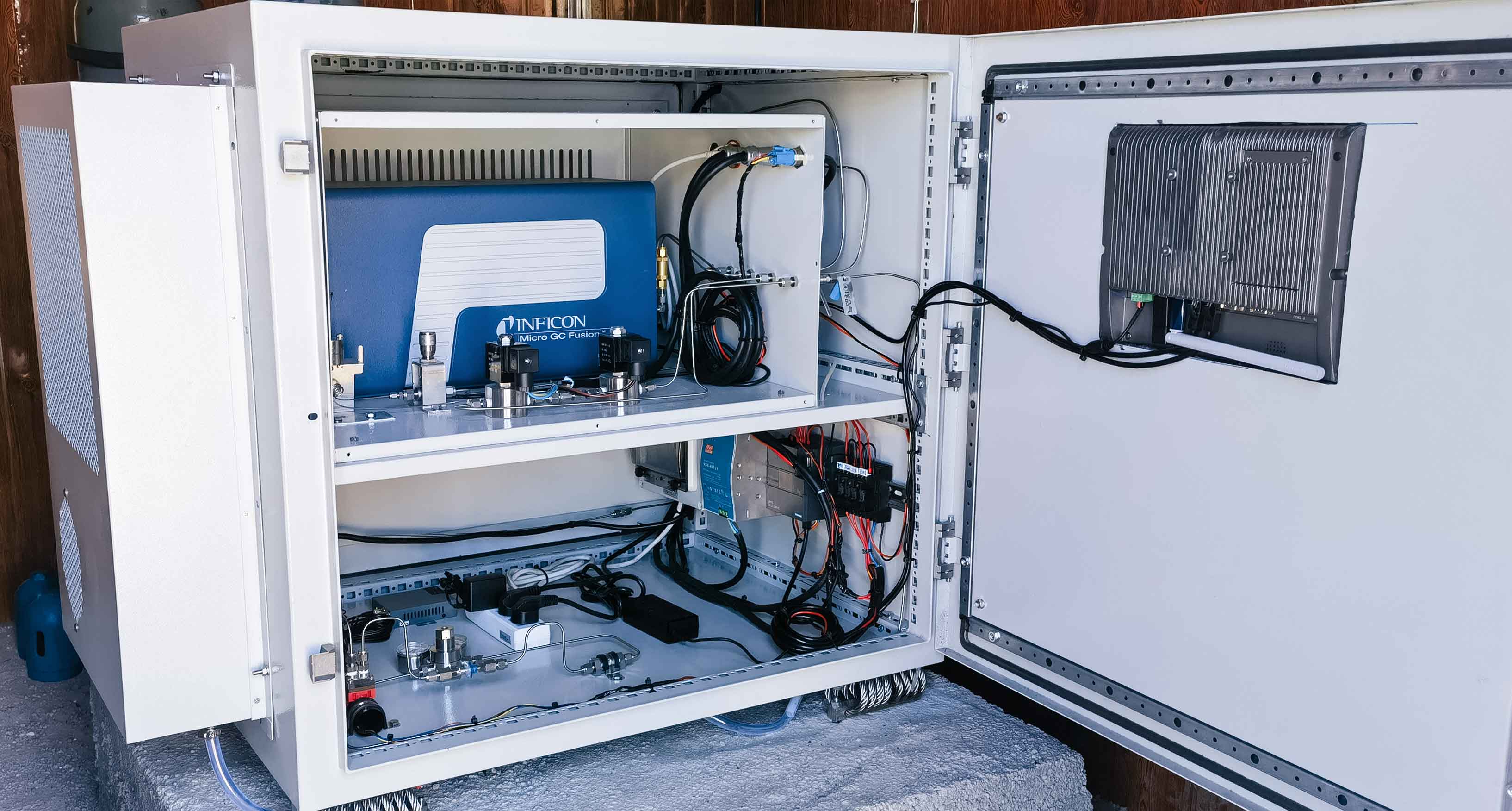
Interested in Collaborating with us?
Let us know if you are looking for a solution in a difficult and challenging environment, or if you want to collaborate on any of our projects.
Read more about our other research projects
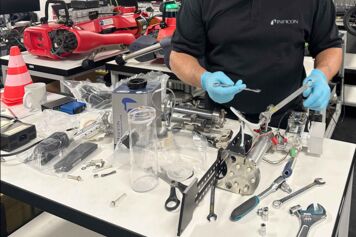
Overview on research projects with partners like NASA and ETH Zurich on future technology. We strive to advance innovation and push technological boundaries.
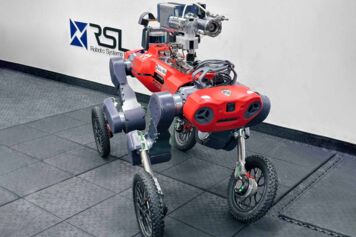
In collaboration with ETH Zurich's Robotic Systems Lab, we are working on a project named ARAMMIS – Autonomous Robots for Area Mapping, Monitoring, and In-situ Sensing.
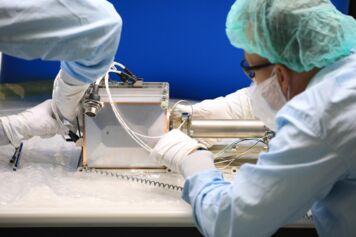
As experts in gas sensing and vacuum measurements in many industries including semiconductor, energy and security, our teams are always looking for the “what’s next” in innovation.
